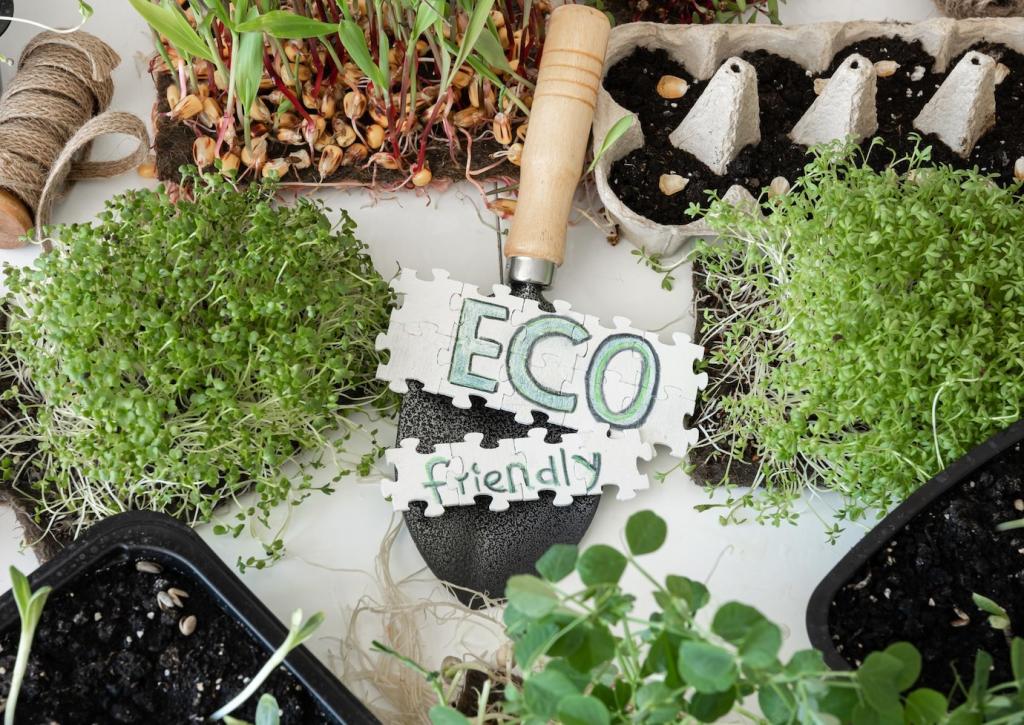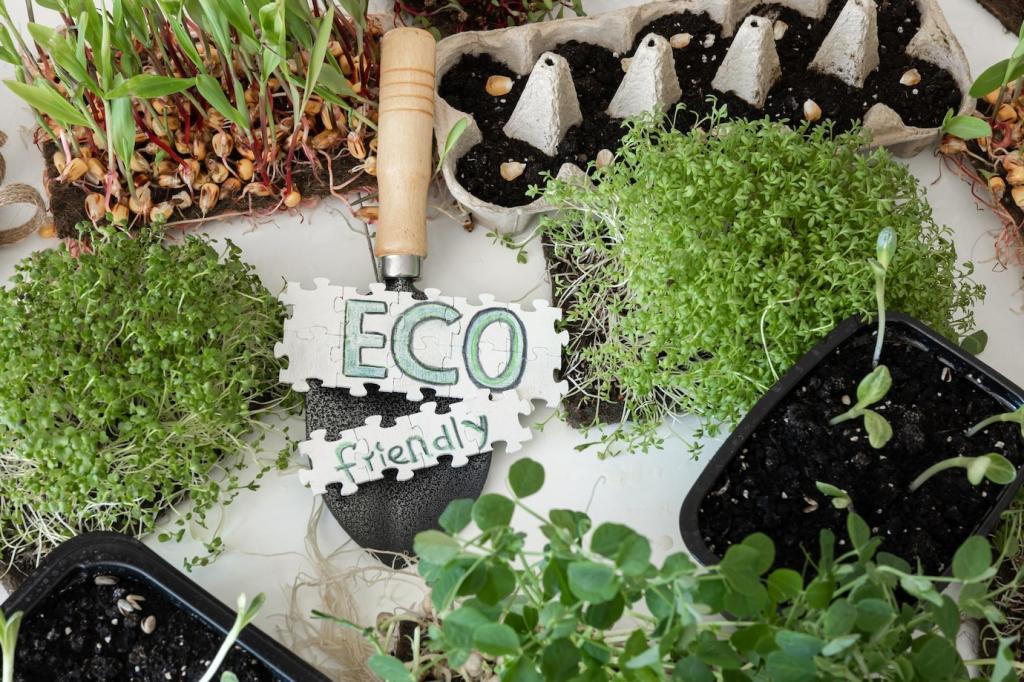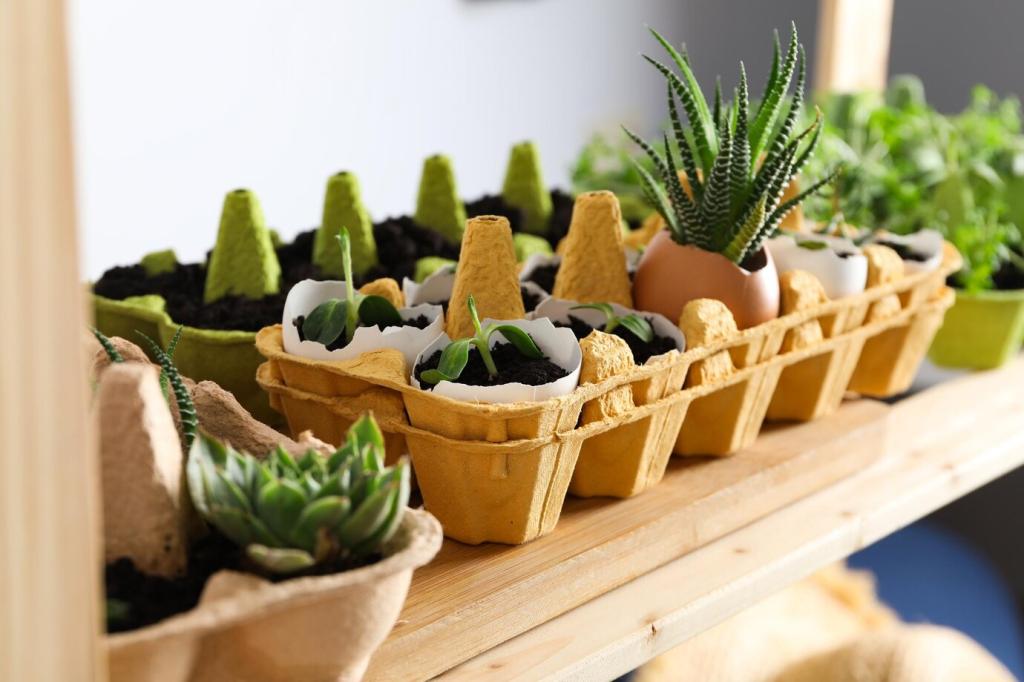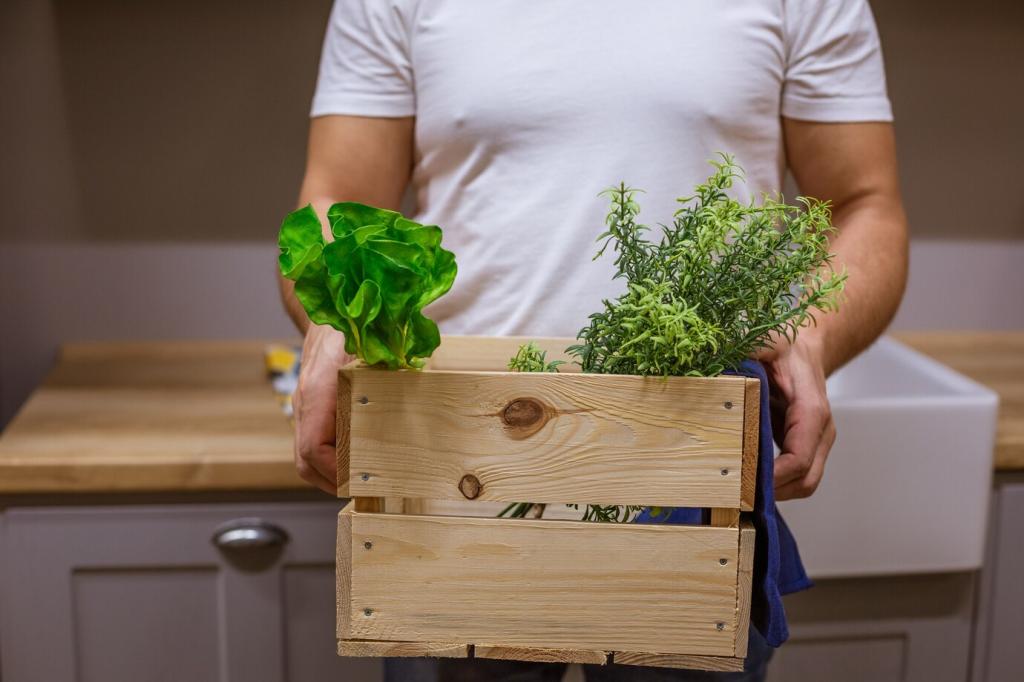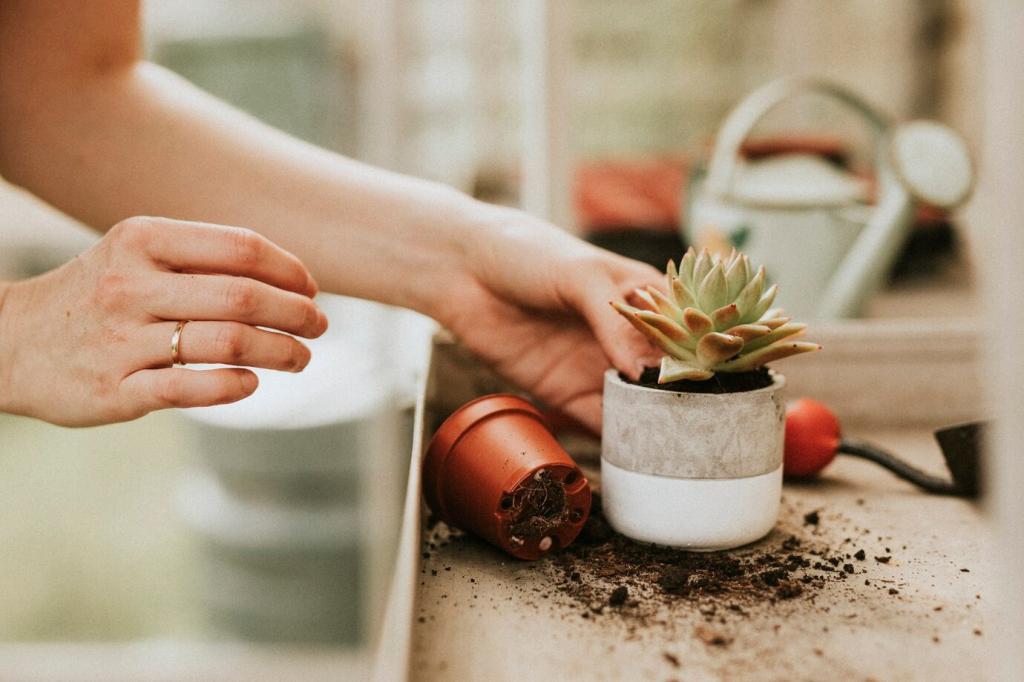Use and Value Diversity
Mix roots, legumes, and greens so each layer supports the other. Rotate families, stagger maturity, and invite beneficial insects. Share one combination you’ll try, and report back on pest pressure and flavor at harvest.
Use and Value Diversity
Add bird boxes, insect hotels, log piles, and a small pond to stack habitats vertically. Allies arrive and stay when housing is abundant. Tell us which habitat you’ll build first and request a species list for your region.

